History
Concepts for developing understanding
The content in the history sub-strand provides opportunities for students to develop historical understanding through key concepts including sources, continuity and change, cause and effect, perspectives, empathy and significance. The Year 4 curriculum introduces world history and the movement of peoples. Students study the diversity of Aboriginal and Torres Strait Islander Peoples, their connection to place (sources, perspectives, significance) and their contact with other societies (change and continuity, perspectives, empathy). Through a study of navigation, exploration and/or trade (sources), students come to learn about Australia's early colonisation and develop understandings about contact between societies (continuity and change, cause and effect) and its effects on people and their environments (perspectives, empathy).
Inquiry Questions
- Why did the great journeys of exploration occur?
- What was life like for Aboriginal and Torres Strait Islander Peoples before the arrival of the Europeans?
- Why did the Europeans settle in Australia?
- What was the nature and consequence of contact between Aboriginal and Torres Strait Islander Peoples and early traders, explorers and settlers?
(source: www.australiancurriculum.edu.au)
- Plus Plan
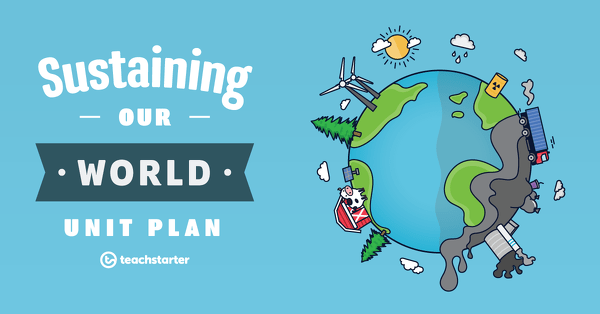
Sustainable Water Use
A 60 minute lesson in which students will investigate sustainable water use.
- Plus Plan
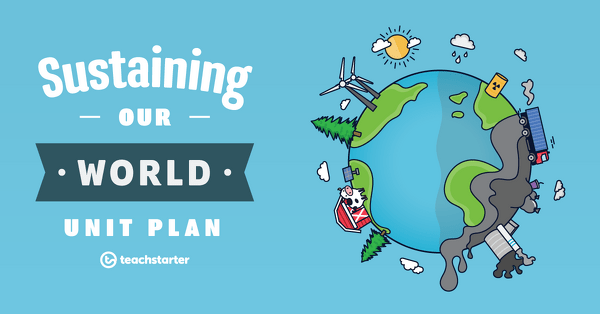
Deforestation
A 60 minute lesson in which students will explore the effects and potential consequences of deforestation.
- Plus Plan
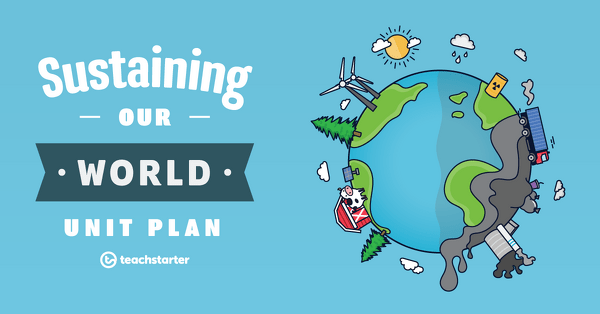
Overfishing
A 60 minute lesson in which students will explore the effects and potential consequences of overfishing.
- Plus Plan
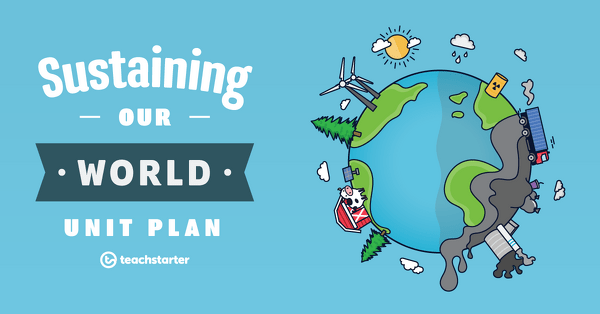
Overuse of Water
A 60 minute lesson in which students will explore the effects and potential consequences of water overuse.
- Plus Plan
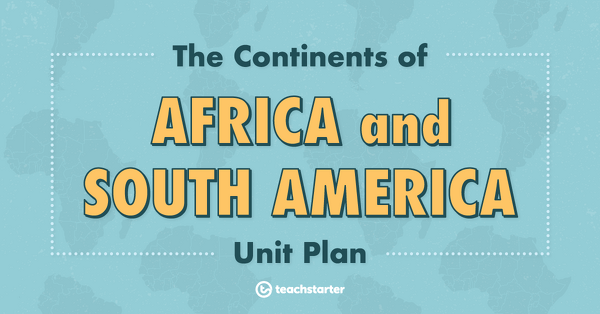
Reflection of Learning
A 60 minute lesson in which students will reflect on what they have learned about the continents of Africa and South America.
- Plus Plan

The Natural Environment of South America - Inquiry Task
A 60 minute lesson in which students will demonstrate their understanding of the natural environment of South America through an open-ended inquiry.
- Plus Plan
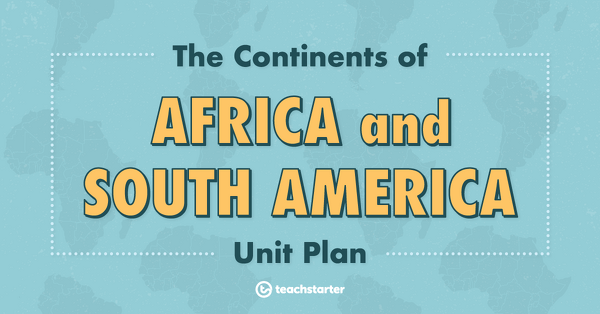
The Natural Environment of Africa - Inquiry Task
A 60-minute lesson in which students will demonstrate their understanding of the natural environment of Africa through an open-ended inquiry.
- Plus Plan
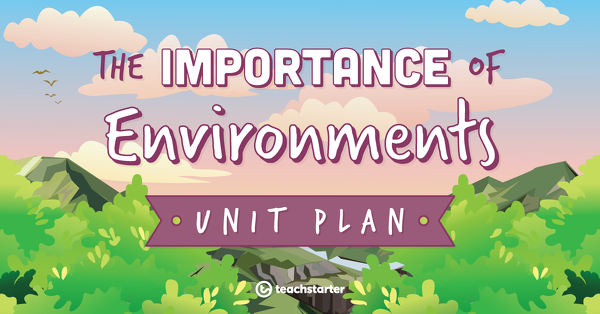
The Importance of Environments - Inquiry Task
An inquiry-based assessment task in which students will demonstrate their understanding of the importance of their local environment.
- Plus Plan
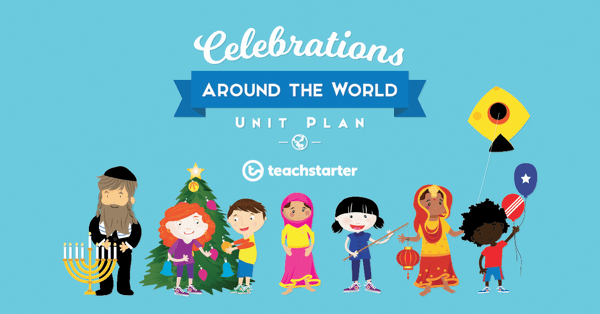
Celebrations Inquiry Task - Presenting
- Plus Plan
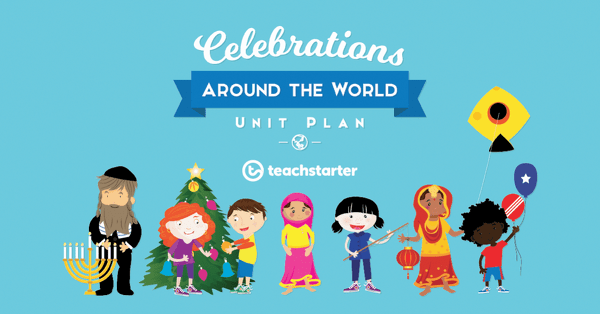
Celebrations Inquiry Task - Researching
A 60 minute lesson in which students will deepen understanding of celebrations around the world through inquiry-based research.
- Plus Plan

Aboriginal Cross-Hatching
A 60 minute lesson in which students will understand the history and traditional techniques of Aboriginal cross-hatching.
- Plus Plan
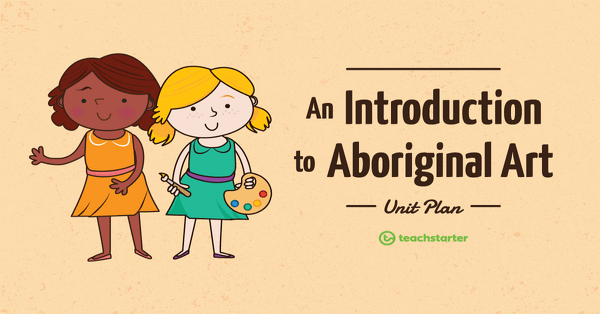
Aboriginal X-Ray Art
A 60 minute lesson in which students will understand the history and traditional techniques of Aboriginal x-ray art.
- Plus Plan
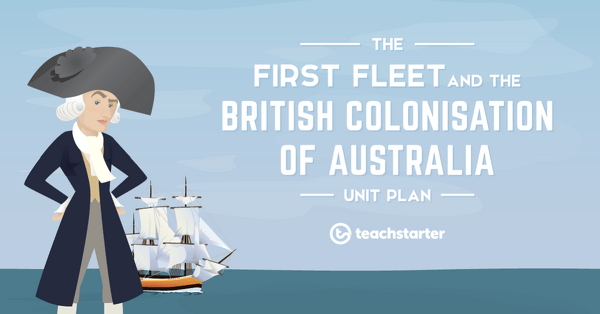
The Arrival into Botany Bay
A 60 minute lesson in which students will understand the events that took place when the First Fleet arrived in Australia.
- Plus Plan
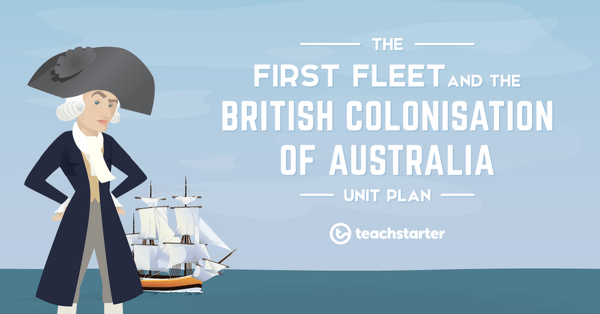
The First Fleet
A 60 minute lesson in which students will explore the journey of the First Fleet to Australia.
- Plus Plan
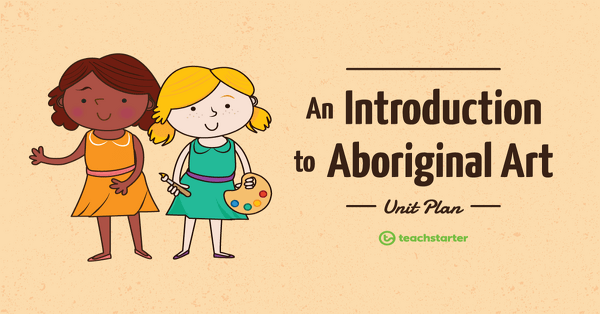
Aboriginal Wandjina Artworks
A 60 minute lesson in which students will understand the history and traditional techniques of Aboriginal Wandjina artworks.
- Plus Plan
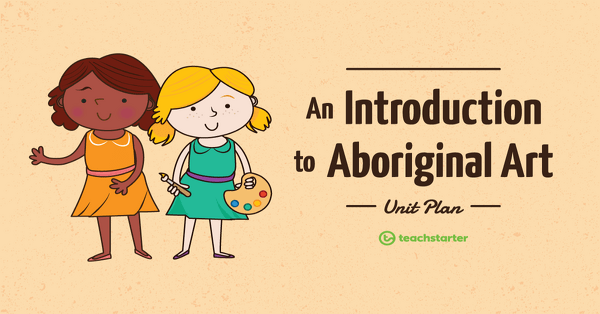
Aboriginal Body Painting
A 60 minute lesson in which students will understand the history and traditional techniques of Aboriginal body painting.
- Plus Plan
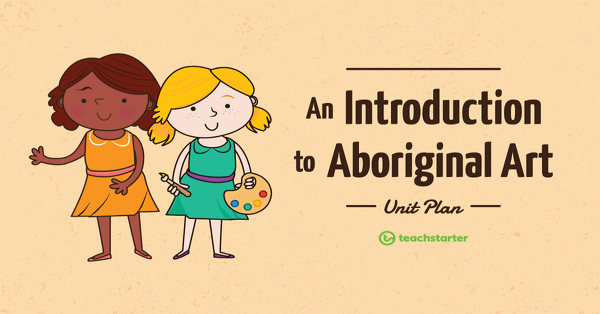
Aboriginal Bark Paintings
A 60 minute lesson in which students will understand the history and traditional techniques of Aboriginal bark paintings.
- Plus Plan
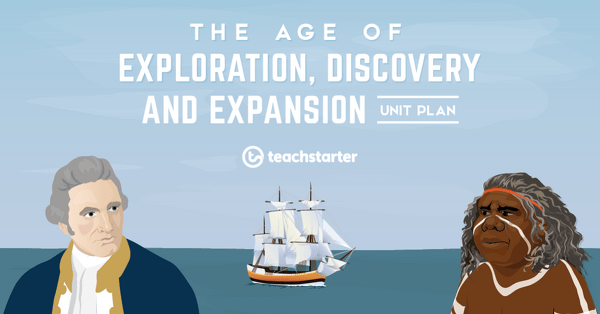
The Myth of Terra Nullius
A 60 minute lesson in which students will examine the myth that Australia was a Terra Nullius land before contact with the British.
- Plus Plan

Spanish, Portuguese and Dutch Explorers
A 60 minute lesson in which students will identify how the Spanish, Portuguese and Dutch explorers contributed to the European 'discovery' of Australia.
- Plus Plan

Aboriginal Sand Drawings
A 60 minute lesson in which students will understand the history and traditional techniques of Aboriginal sand drawings.
- Plus Plan
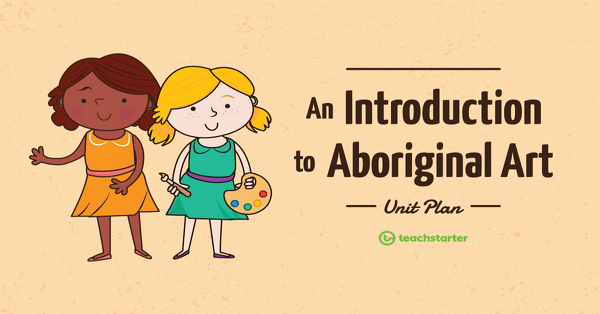
Aboriginal Rock Art
A 60 minute lesson in which students will understand the history and traditional techniques of Aboriginal rock art.
- Plus Plan
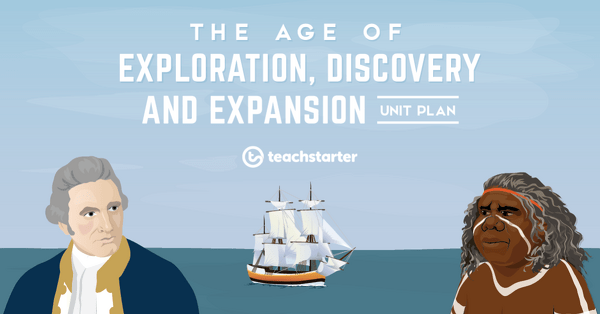
Chinese Exploration
A 60 minute lesson in which students will investigate the exploration of the Chinese during the fifteenth century.
- Plus Plan
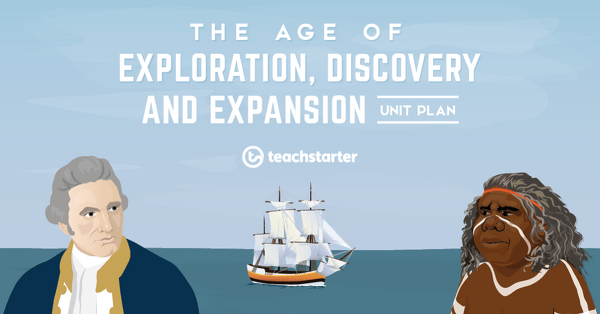
Terra Australis Incognita
A 60 minute lesson in which students will understand why the fifteenth century was known as the Age of Exploration.
- Plus Plan
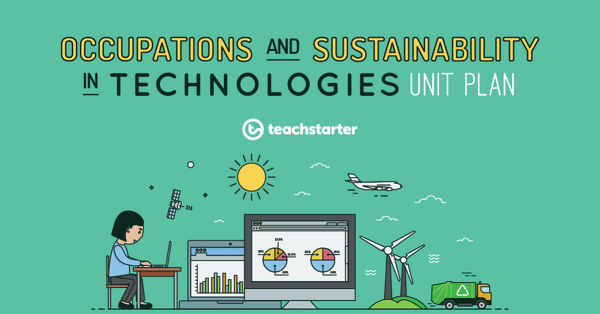
The History of Technology in Occupations
A 60 minute lesson in which students will explore how technology has been used within occupations throughout history.
- Plus Plan
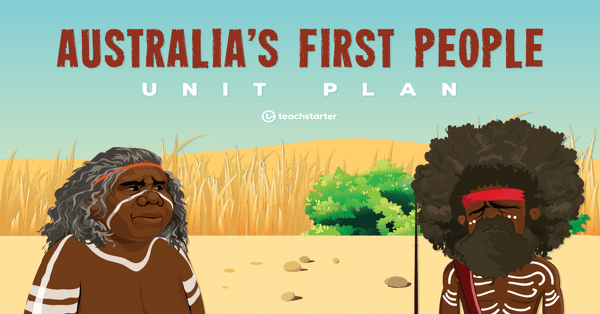
Australia's First People Inquiry Task
An inquiry-based assessment task in which students will demonstrate an understanding of the diversity of Australia's first people and the long and continuous connection of Aboriginal and Torres Strait Islander peoples to Country.
- Plus Plan
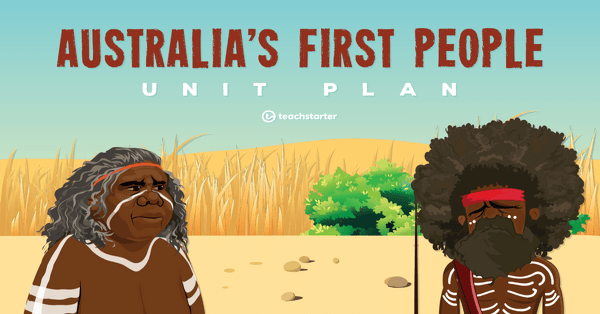
Art
A 60 minute lesson in which students will identify how Aboriginalcultures use art as a language to document their history.
- Plus Plan

Tools
A 60 minute lesson in which students will identify how Aboriginal and Torres Strait Islander peoples used the land to make tools.
- Plus Plan
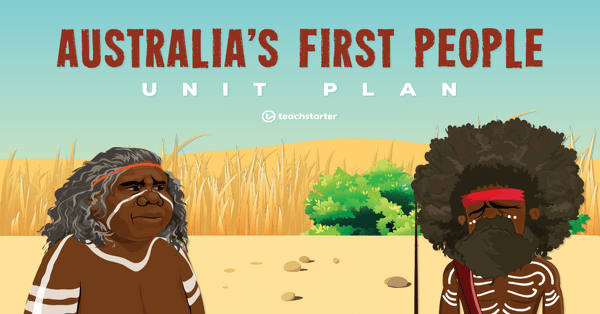
Shelters
A 60 minute lesson in which students will identify how Aboriginal and Torres Strait Islander peoples used the land for shelter.
- Plus Plan
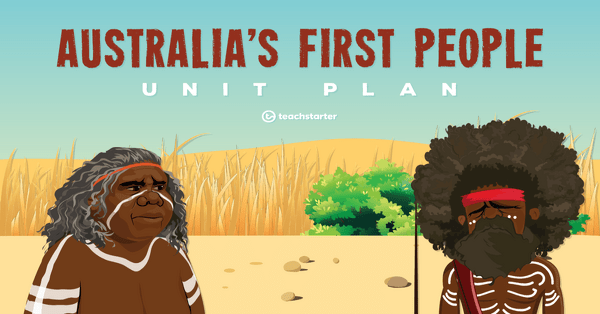
Food
A 60 minute lesson in which students will identify how Aboriginal and Torres Strait Islander peoples sourced their food from the land.
- Plus Plan
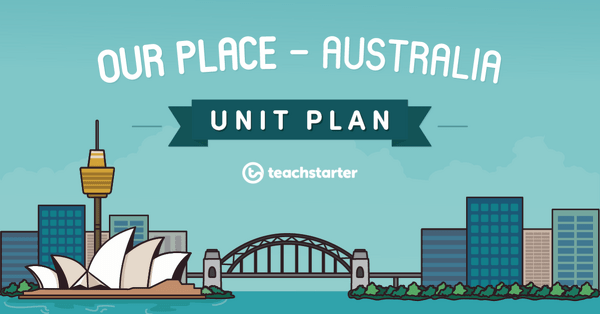
Our Place - Australia Inquiry Task
An inquiry-based assessment task in which students will demonstrate an understanding of the natural and human features of Australia.
- Plus Plan
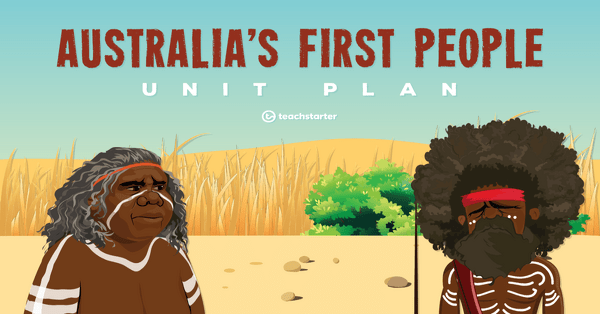
Totems
A 60 minute lesson in which students will identify the meaning of totems for Aboriginal and Torres Strait Islander peoples.
- Plus Plan
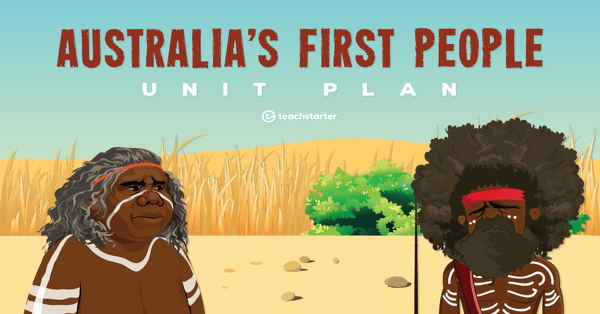
The Dreaming, Stories and Songlines
A 60 minute lesson in which students will identify the importance of The Dreaming, Dreamtime stories and songlines in Aboriginal cultures.